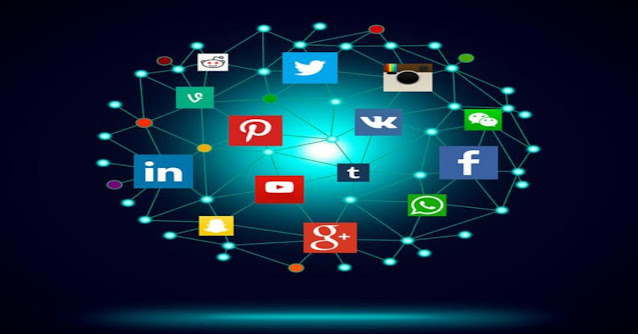This is a natural
result of increased computing capacity and the increased availability of
intelligent technology. However, hardware may not be the primary driving factor
behind many recent artificial intelligence advances.
We can better grasp
where this fascinating technology is headed by taking a deeper look at some of
the most significant subfields that are contributing to the development of
artificial intelligence by harnessing the potential buried within big data
sets.
Machine Learning
Computers are
inherently highly adept at addressing some issues. For example, even the most
basic computer available today could quickly calculate a complicated trajectory
of a moving object, conduct statistical analysis, or land a spaceship on the
Moon. However, there is another group of issues that are impossible to solve
even with the most powerful supercomputers available.
Unlike the realm of
computers, the actual world is not algorithmic and predictable. In fact, it's a
little sloppy. As a result, we must depend mainly on intuition to recognize
things, determine whether to see a doctor or select what to dress when we go
out.
Machine learning is a a novel method to problem-solving that depends on computers that learn how to
solve issues depending on the data they receive. Machine learning is already
being used effectively in practice to recognize people's faces, locate
earthquakes, forecast stock market changes and suggest news subjects to users
based on their interests and past likes.
Neural Networks
Machine learning would
be almost impossible, at least on the scale we see today if neural networks
were not used. They are simulations of the human brain made up of hundreds of
thousands of different bits of software and hardware. Each tiny neuron is in
charge of a single, little job, and its output sends the signal to higher
systems.
A network built to
detect handwriting is an excellent example. Individual neurons at the lowest
scale execute fundamental tasks, such as line curvature analysis. Their signal
is transferred to additional neurons, which follow a separate set of
regulations until an output neuron is triggered.
The main disadvantage
of neural networks is their dependence on massive data sets and their sluggish
learning pace. Furthermore, their output is seldom predictable, and it may take
a very long time to figure out why a network made a specific choice.
Before exploring
anything read the best and accurate Reviews
of any particular thing and then move with taking the right set of options.
Integrative artificial intelligence
Complex AI systems,
like neurons in vast neural networks, need the integration of several skills,
like as vision, learning, language, speech, planning, and others, to enable
computers to fully operate in an open-world environment.
Integrative AI would
enable people to engage with machines on a much more intimate level, as well as
robots to learn and retrieve new knowledge in a much more effective way.
Unfortunately, little progress has been achieved in this area, and it will take
many years of devoted study before artificial intelligence systems have the
same perceptual capacity as humans.
However, it is
unavoidable that consumer demand will drive innovation and fuel fresh waves of
research, bringing us one step closer to a more human picture of what
artificial intelligence might look like.
AI – System Making
Wonders
As the AI – system is
making wonders. Just as an example there is the Free VPN for Netflix
which a person can use by sit anywhere anytime.
Conclusion
Despite the fact that
consumers are progressively becoming more used to a world in which intelligent
systems can do more complicated tasks, we still have a long way to go before we
can even approach the sophisticated thinking of humans.
Simultaneously, as we
go beyond Simple Brain Networks towards systems that are more closely based on
the human neural structure, we must carefully consider the implications of
using artificial intelligence. These systems may very possibly begin to operate
in unexpected ways that are beyond our immediate comprehension.
However, when we consider
how functioning AI might enhance the quality of all areas of our lives, all
possible concerns appear minor.



0 Comments